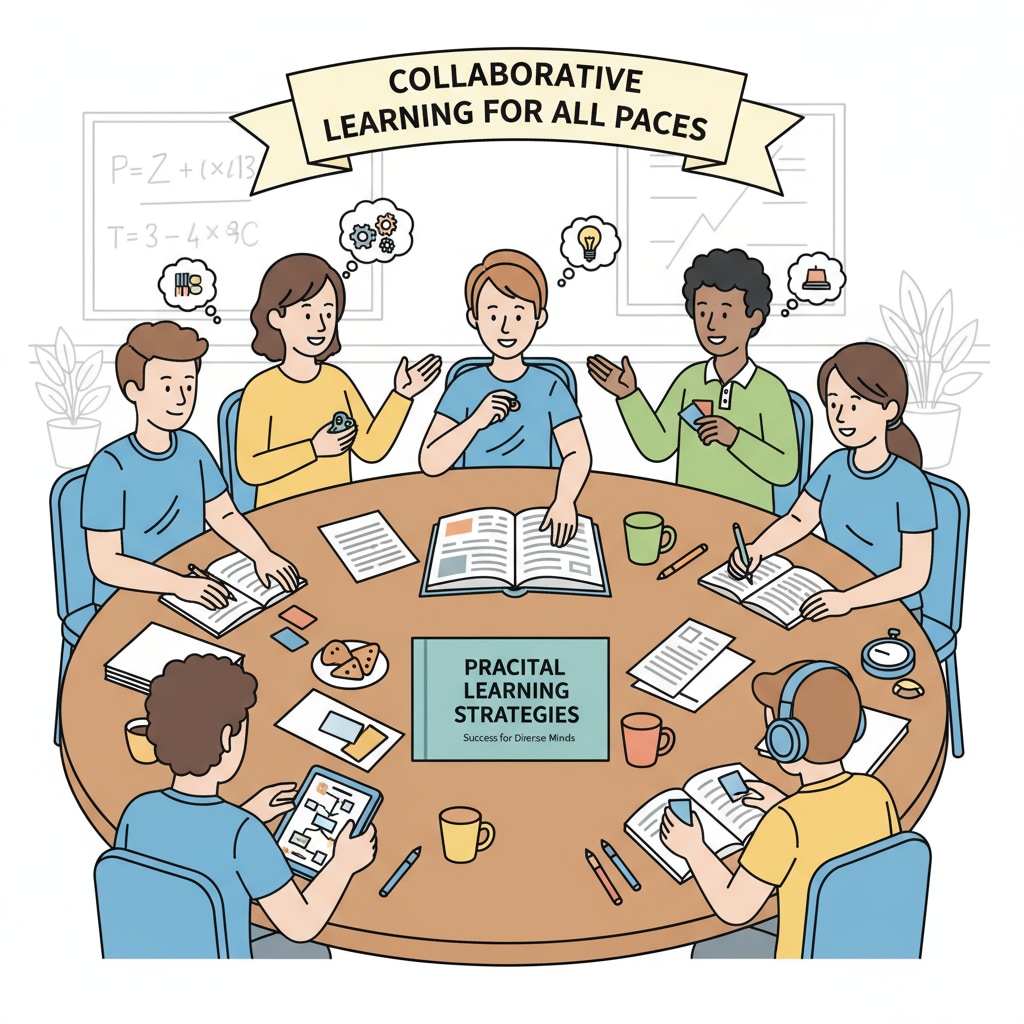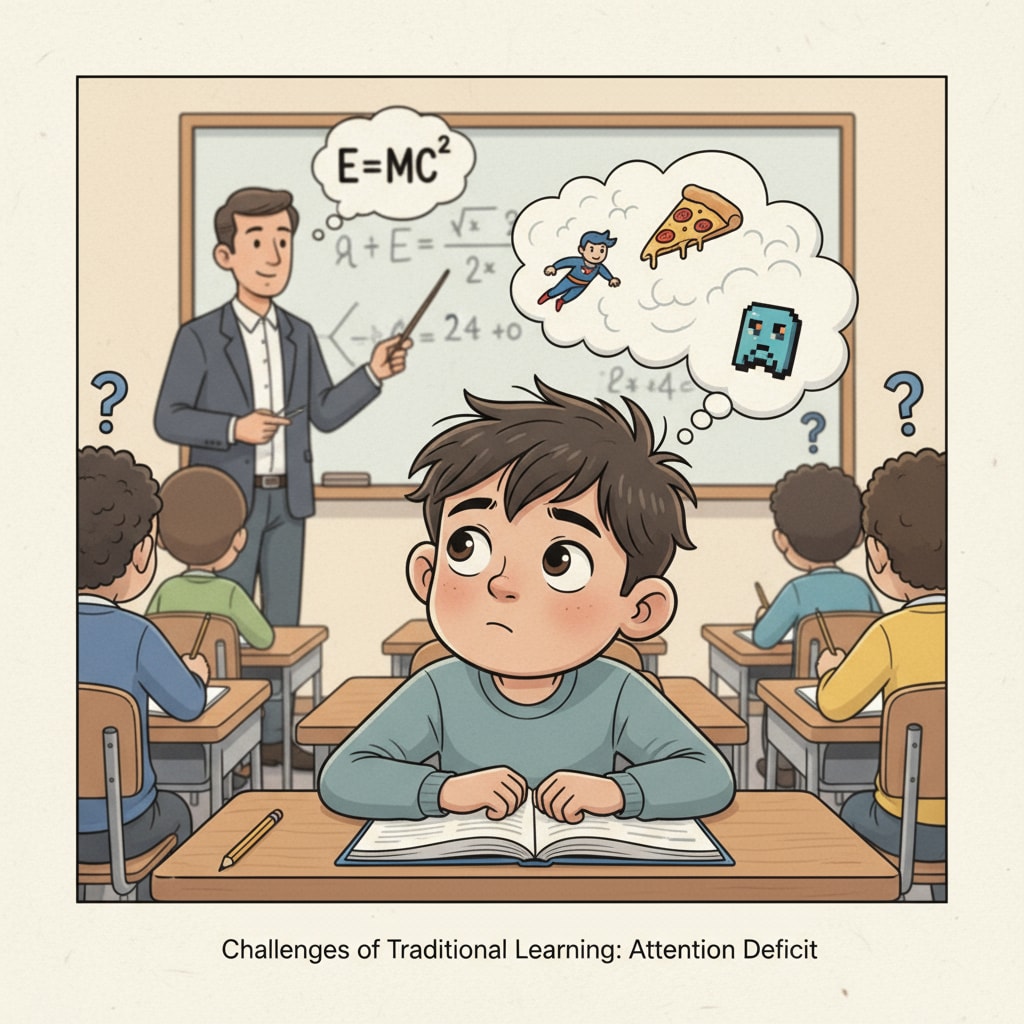Theoretical learning, attention deficit, and practical learning methods are key concepts when it comes to helping students with attention deficits master theoretical subjects. For students who struggle with maintaining focus, traditional learning methods often prove ineffective. A new approach, however, offers a glimmer of hope.

This innovative strategy involves starting from exam questions rather than following the conventional theoretical learning path.
The Limitations of Traditional Learning for Attention Deficit Students
Traditional theoretical learning usually begins with textbooks and lectures, which require students to sit still and concentrate for long periods. For students with attention deficits, this is a huge challenge. They may find it difficult to stay focused during class, leading to gaps in their understanding of the material. As a result, they often struggle with exams and their overall academic performance suffers. According to Understood.org, many students with attention issues face difficulties in keeping up with traditional classroom instruction.

The Concept of Reverse Learning for Practical Mastery
The reverse learning method proposed here flips the traditional learning process. Instead of starting with abstract theories, it begins with exam questions. This “practice first” approach allows students to directly engage with the practical application of knowledge. By working on exam questions, they can identify the key concepts and theories they need to master. For example, when presented with a history exam question about a particular event, students will start researching and analyzing, which naturally leads them to learn about the relevant historical context and theories. As explained on Education.com, hands-on learning can be more effective for students with learning differences.
This method has several advantages. Firstly, it boosts students’ learning motivation. Since they are immediately faced with a task that has a clear goal (answering the exam question correctly), they are more likely to be engaged. Secondly, it improves learning efficiency. By focusing on the practical application of knowledge, students can better understand and remember the underlying theories.
Readability guidance: The key points here are the limitations of traditional learning and the benefits of reverse learning. Short paragraphs and clear explanations help to convey these ideas effectively. Transition words like “however”, “firstly”, and “secondly” are used to make the text flow smoothly.


